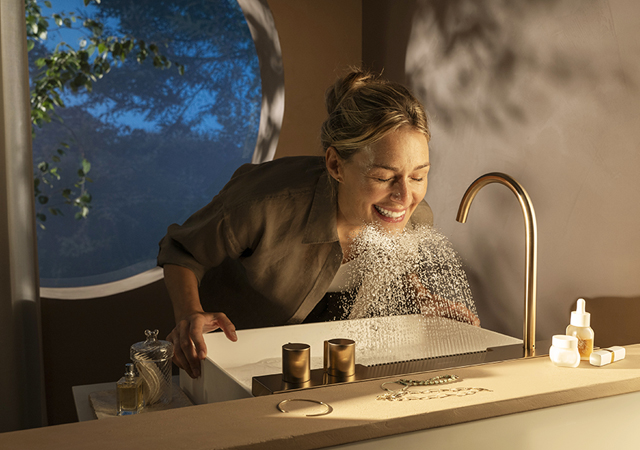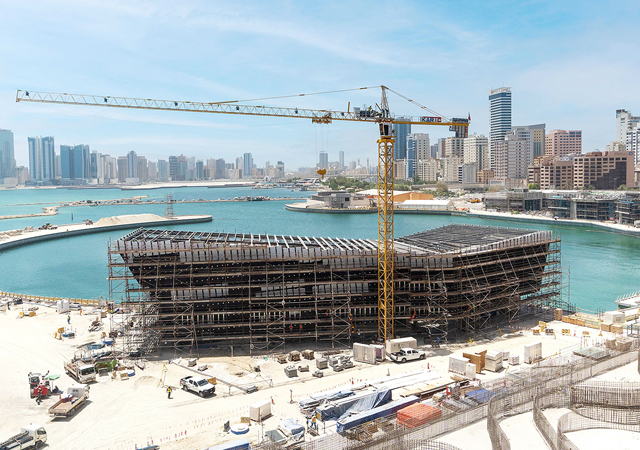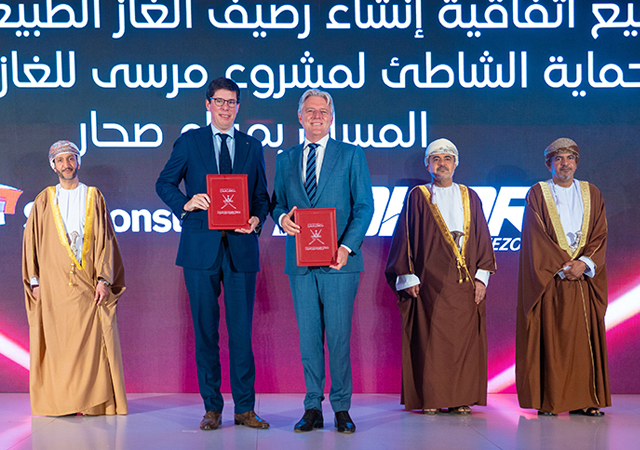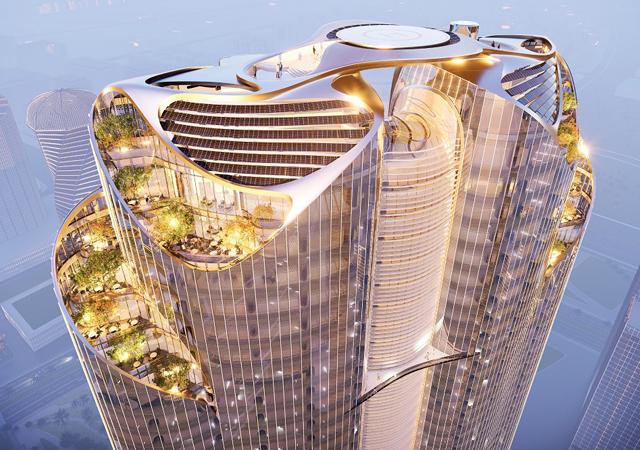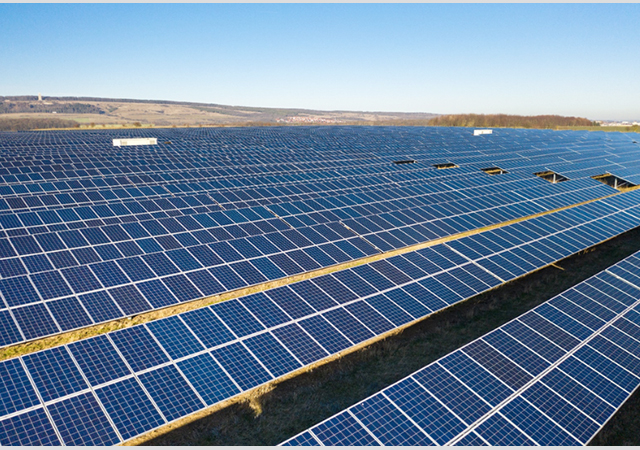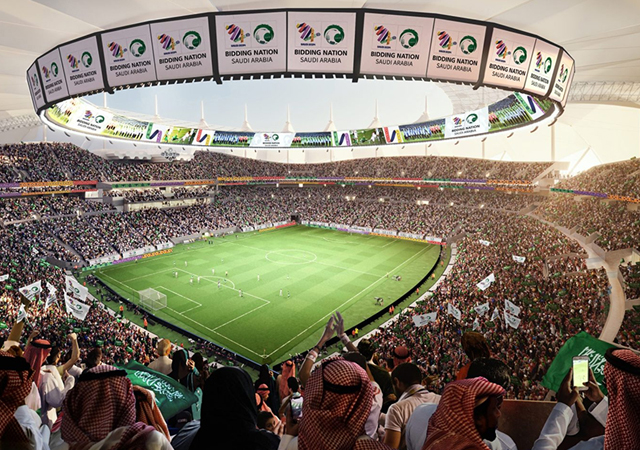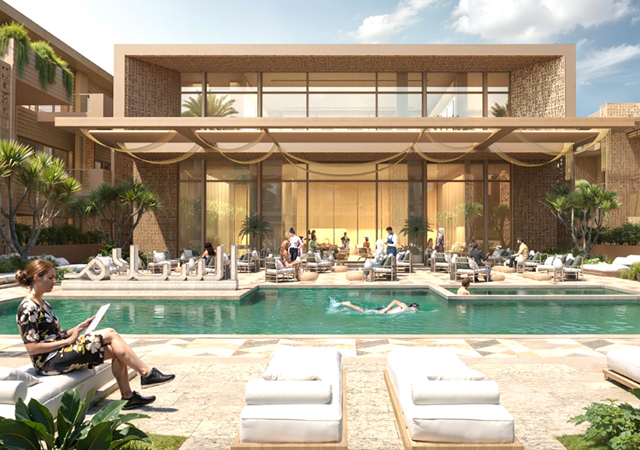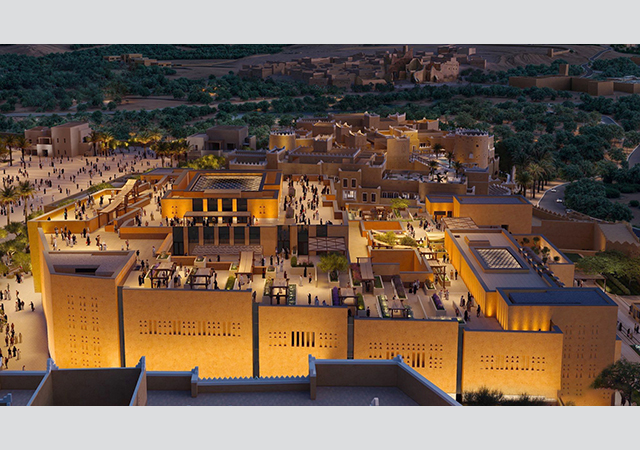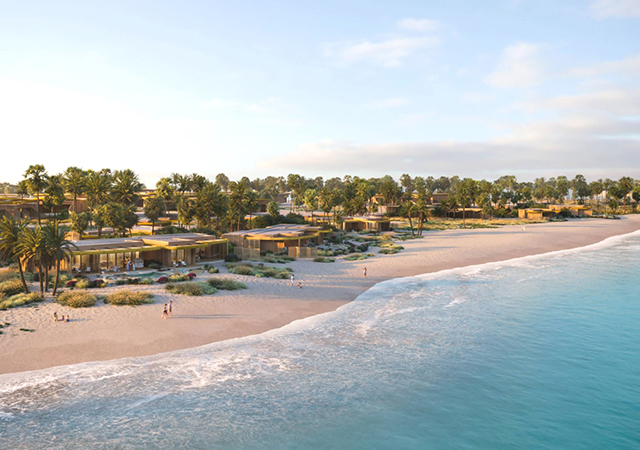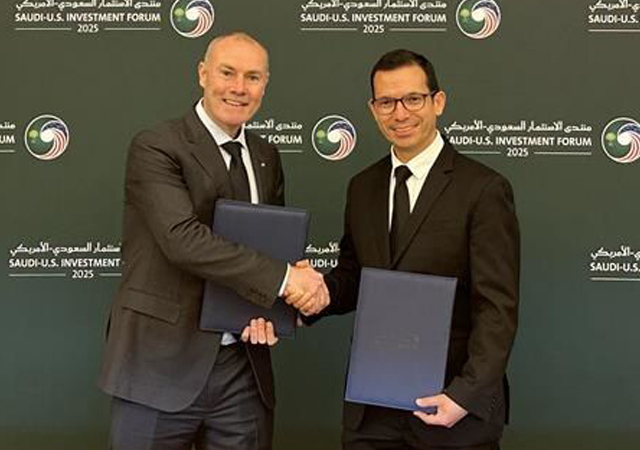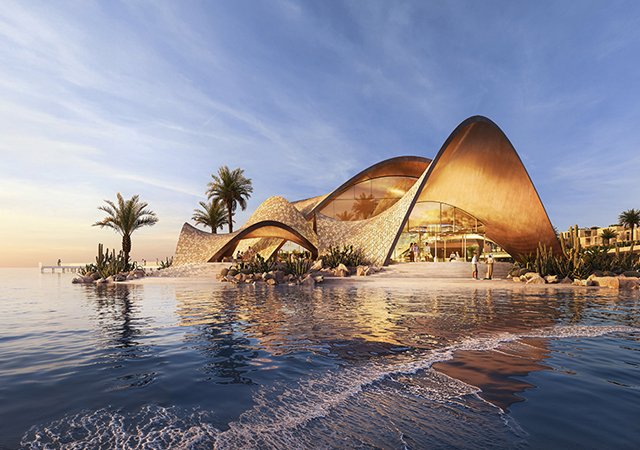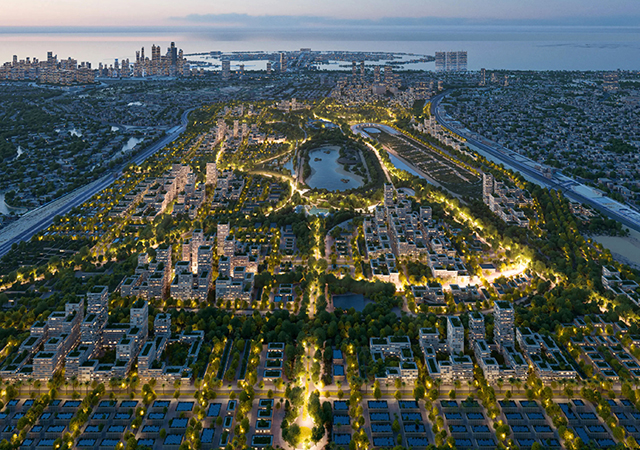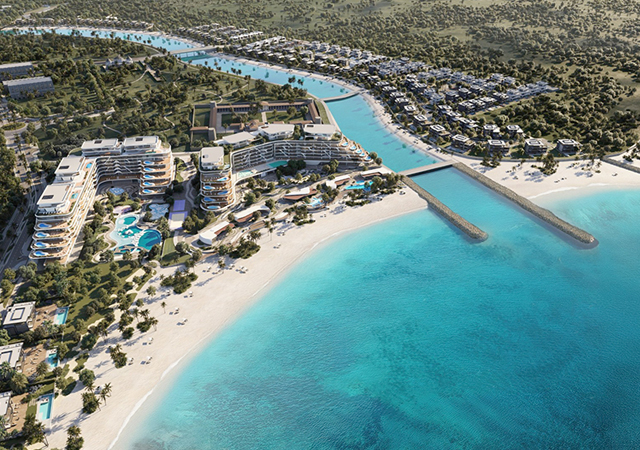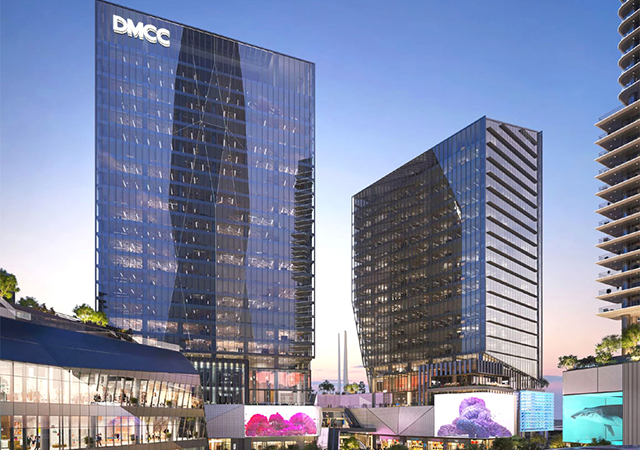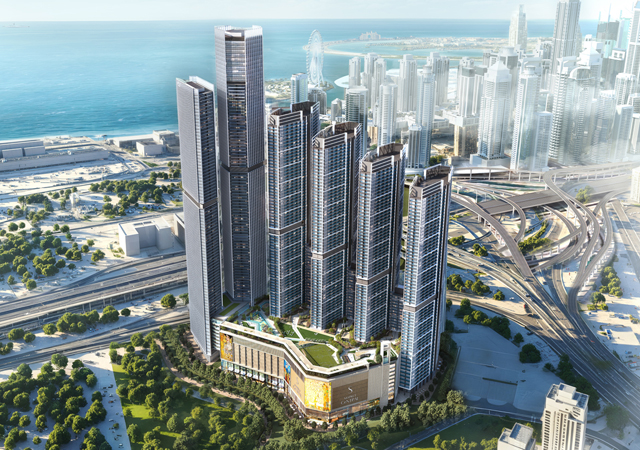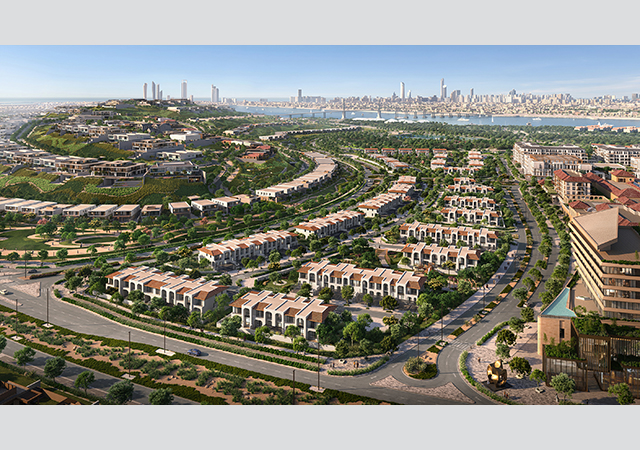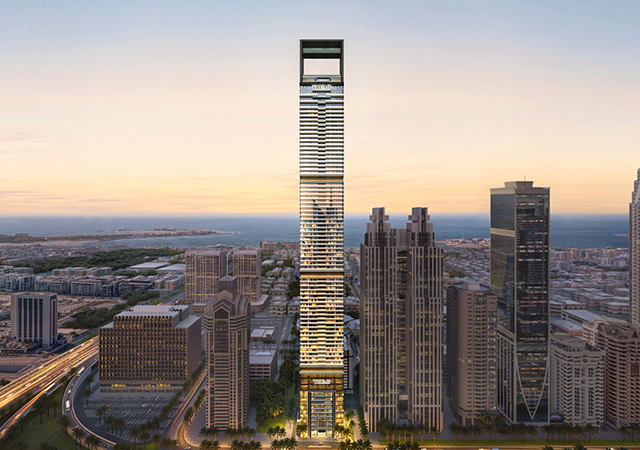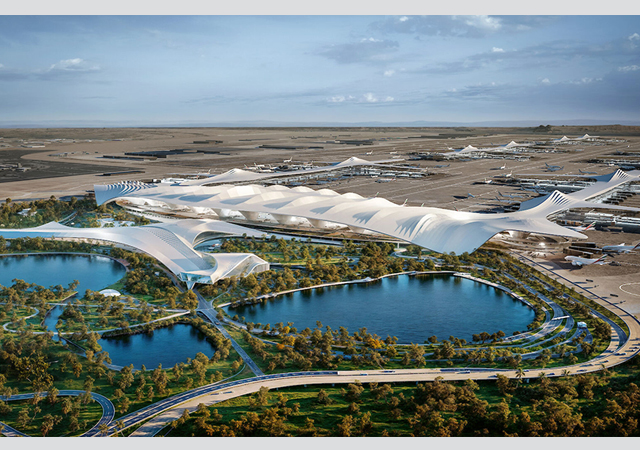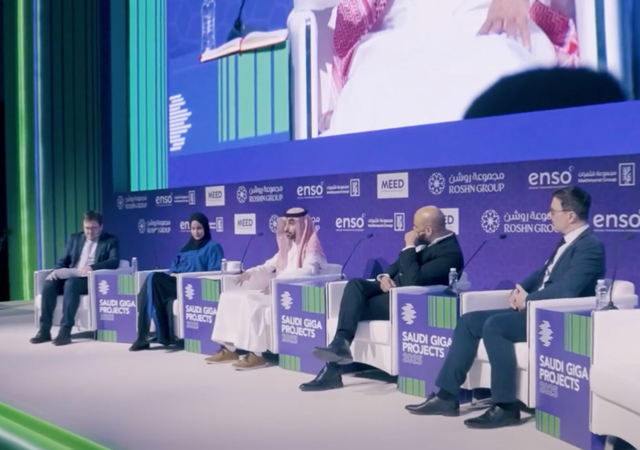
 Berger offers a range of systems to protect steel.
Berger offers a range of systems to protect steel.
Steel has always remained one of the most important metals in modern society and has been used a construction materials for a variety of structures.
However, one of its major drawbacks is that it corrodes or goes back to its original form (oxidized state) thereby rendering it useless. Hence keeping steel in its usable form has become the goal of all who used it.
Protective coatings is one of the preferred methods of protecting steel from corrosion and has over the years become a niche market with only a few players that have tested products with proven performance.
To be effective, coatings have to be properly formulated, neatly evaluated for specific applications and appropriately applied. Failure to do this results in early breakdown of the coating film leading to expensive rework.
Berger Paints Emirates is one amongst the few with time-tested protective coatings and sound case histories, and the products of the company has been a choice of many when it comes to anti-corrosive coatings for structural steel, solvent-free tank linings for various cargoes, coatings for bridges, pipeline coatings, concrete coatings and coatings for the highly corrosive marine environment.
Berger brands like Epilux, Epimastic, Luxathane, Luxatherm, Steelshield and Zinc Anode have been successfully applied on millions of square meters worldwide and are performing satisfactorily.
Apart from the traditional high-performance coatings, Berger has special formulations to meet specific market demands.
The modes of cleaning
Abrasive blast cleaning is the most effective method of preparing the steel for painting. Sand blasting is a cheaper alternative when compared to grit or shot blasting. But sand blasting has its limitations as it pollutes the environment and the free silica present in sand is also the main cause for “silicosis”.
In order to avoid these effects, a process is known as wet sand blasting, where water is added to sand and the slurry is used for blasting. Though this curtails the effects of sand blasting, it leaves the surface damp and wet. This damp steel develops flash rusting minutes later after wet blasting if it is not coated immediately.
In order to overcome the problem and to reduce the downtime during production, Berger has come up with Epilux 161 wet steel primer which, when applied on damp or wet steel, gives satisfactory adhesion and can be top-coated with a variety of Berger topcoats.
While abrasive blasting is the most effective way of preparing a substrate, however at times due to site constraints, other methods – which do not give the desired degree of cleaning – have to be used for surface preparation.
In such cases, the Epimastic range of surface-tolerant coatings shows good adhesion on marginally prepared surfaces and provides excellent mechanical, chemical and abrasion-resistant properties as well as excellent wetting properties. These products can be applied in DFT (dry film thickness) of 100 to 200 microns per coat and can be recoated with various finishing systems. The Epimastic range of surface tolerant coatings is also compatible with most types of firmly adherent aged coatings.
Coatings have to withstand thermal cycling during various temperature changes over their life span. Since they have a much higher thermal expansion coefficient than steel, they contract much more than steel at lower temperatures, and a tensile stress is generated in the coating. This stress may not be high enough to the crack the coating during the first thermal cycle but under repeated thermal cycles the coating cracks. Berger’s Epiflex range of flexible epoxy coatings is designed to cope with the temperature cycles. The products have shown to perform well under adverse conditions.
Berger’s another specialty for a similar application is the Epilux 82, which is a high-build, fast-curing and heavy-duty epoxy for the splash zone and immersion conditions. The product, which can offer a DFT of 500 microns per coat, cures at a low temperature of 5 deg C and also cures underwater.
Glass flakes are appreciated for their unique impermeability to water and air. They are chemically inert and provide additional protection in case of any chemical attack on the coating. Berger’s Steelshield uses this unique property of glassflake combined with vinyl ester or polyester resins which can be applied to a DFT of 500 to 1,000 microns in a single coat to provides a high degree of protection and abrasion resistance and is widely used on structures functioning in the toughest environment.
With its commitment to meeting evolving market needs, Berger’s technology team is working towards development of a high-build universal primer for mild steel, galvanised steel and aluminium substrates that will take various topcoats.
Selecting a coating
Two similar coatings can be best selected by comparing the volume solids of the coatings, since the covering capacity is directly proportional to volume solids, which means that the higher the volume solids the better the covering capacity. The current thinking is being replaced by a trendier approach, which looks at the cost per unit area per year life of coating rather than only seeing the cost per unit area.
Berger’s continuous innovation to meet the ever-evolving market needs and a strong focus on customer services are some of its distinct features.


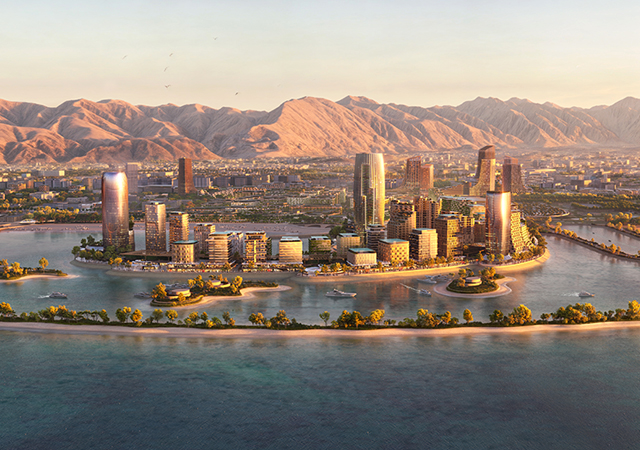

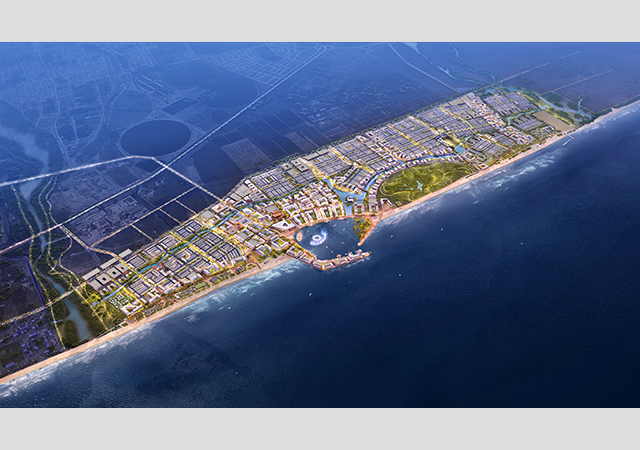
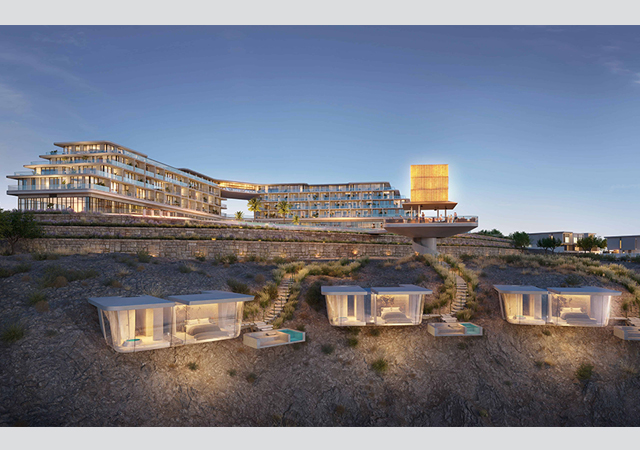
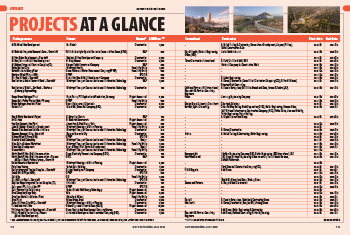

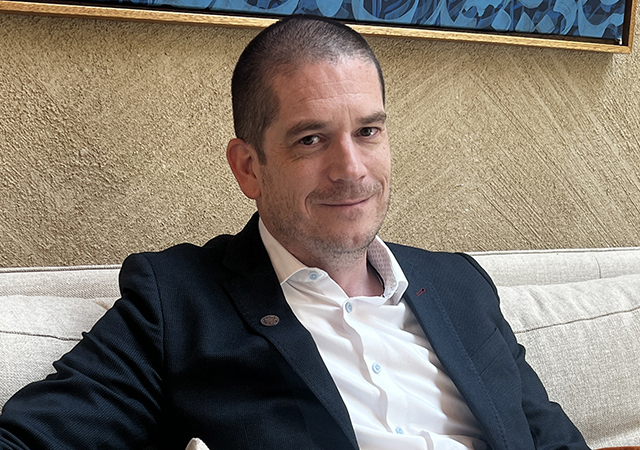

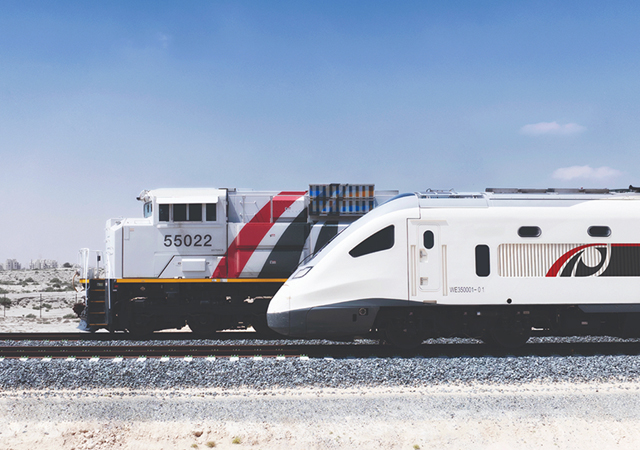
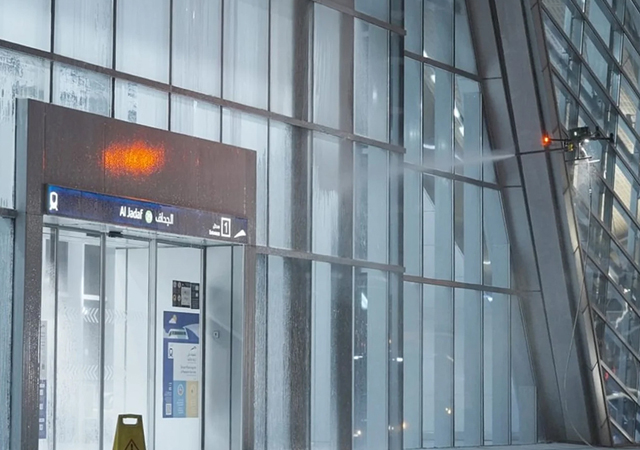
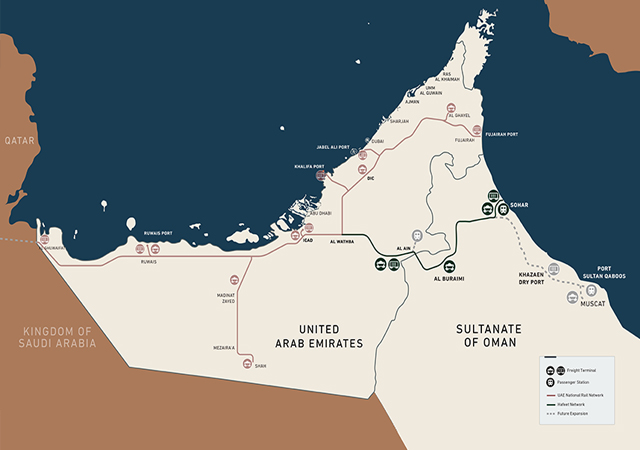
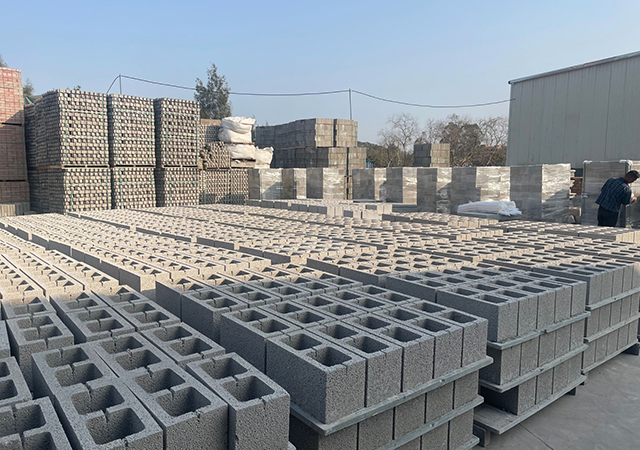

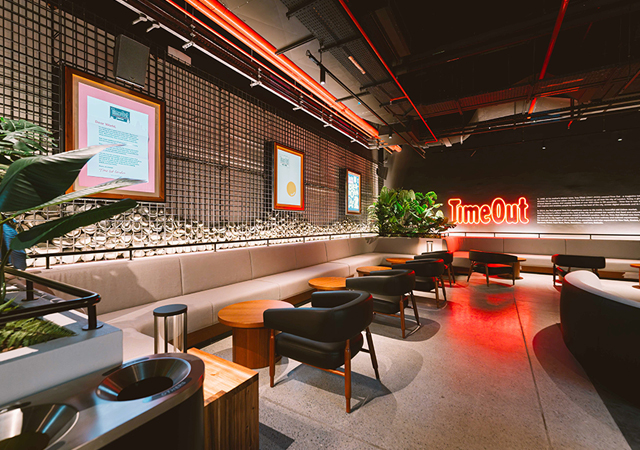
.jpg)
.jpg)
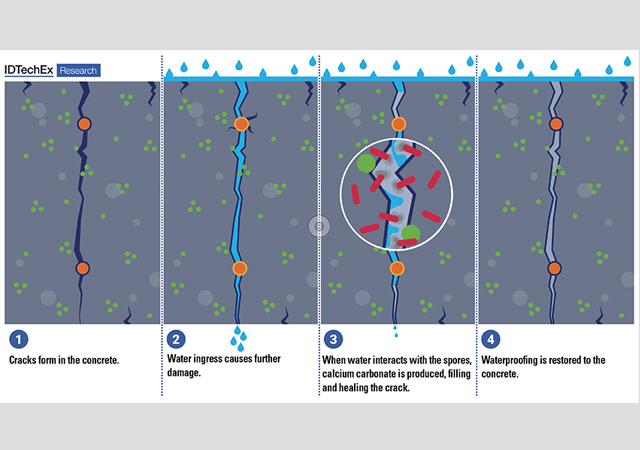
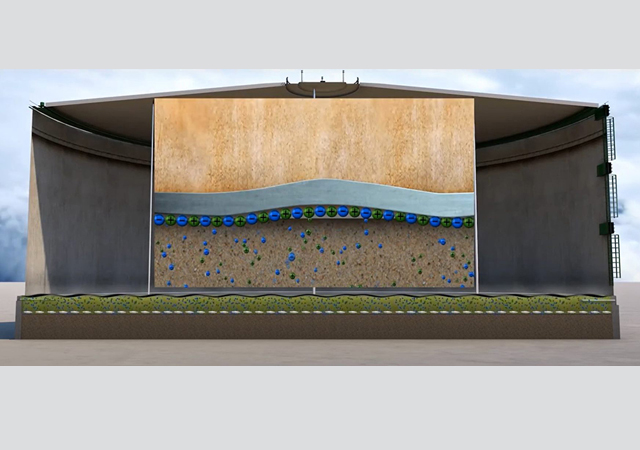
.jpg)
.jpg)
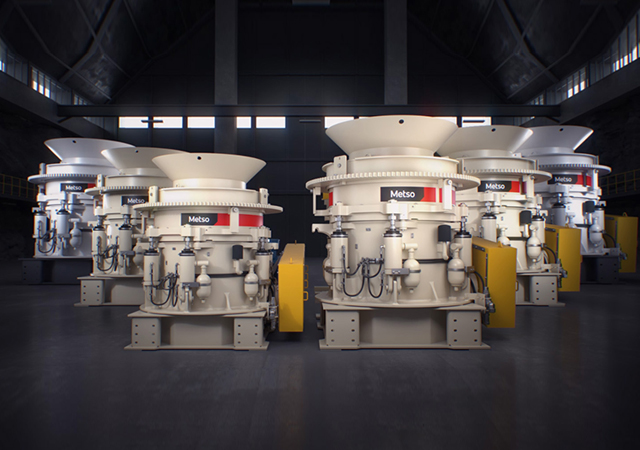

.jpg)

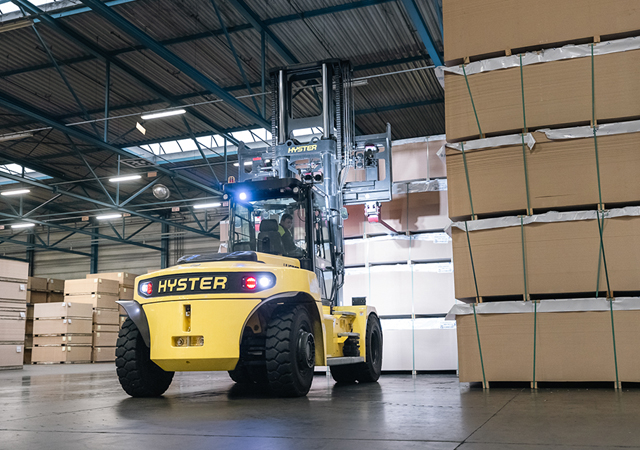
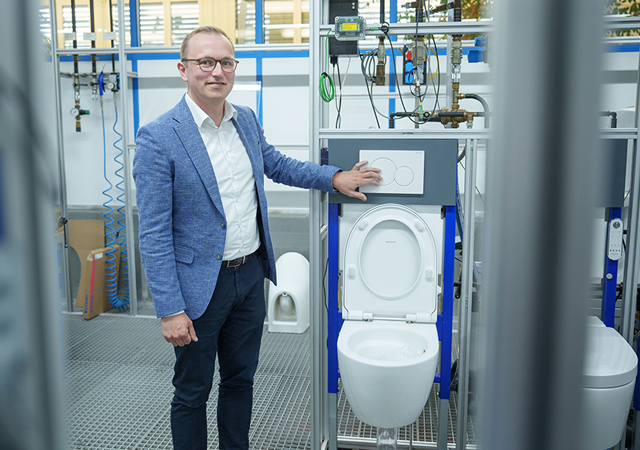

 Doka.jpg)
